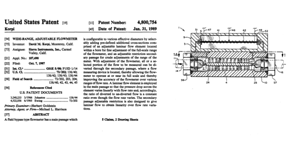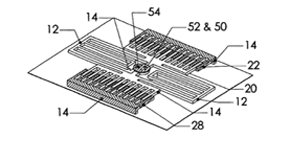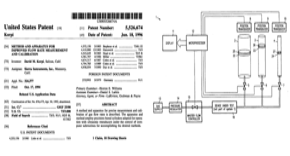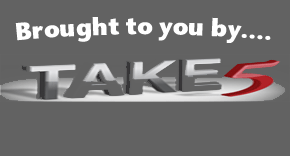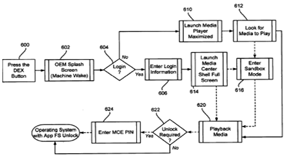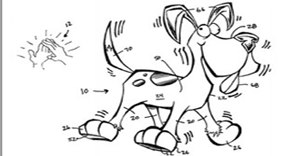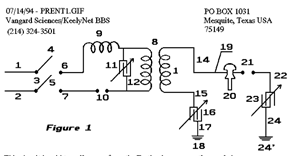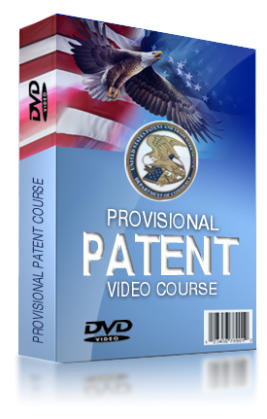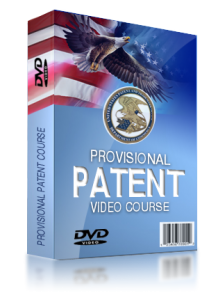 What is a Patent?
What is a Patent?
A patent is a document issued by the US Patent and Trademark Office, USPTO, a branch of the Federal Government that grants the owner the monopolistic right to their inventive idea for a period of 20 years. In return for that monopolistic right the inventor MUST disclose the invention COMPLETELY so that a person of ordinary skill in the art will be able to duplicate the invention. You must also pay the USPTO fees to keep your patent alive and active for the 20 years.
The USPTO does not do ANYTHING but publish the document. It is the OWNERS responsibility to DEFEND their patent by bringing any infringers of their invention to court. If this happens then the court looks at the patent to determine if the infringer has truly infringed on the invention. If so then the court may award a settlement to the owner of the patent. It remains the responsibility of the owner to collect what ever is awarded. Sometimes the awards are enormous and as such many folks file or buy patents with the design to catch folks who copy their patents. These folks are commonly called Patent Trolls. Or, they could be a guy who invents a cool product that he can not afford and then notices someone has brought out HIS idea. He has the right to sue that person!
What is a Patent? If you want to get a patent on YOUR idea the least expensive path is to FIRST file a Provisional Patent Application for the small fee of $125 if you are an independent inventor. The Provisional Patent Application is an extraordinary defensive means as well giving the owner the ability to describe their inventive art in ways that are not permitted in a non-provisional patent application.
The answer to What is a Patent? is nicely answered in Wikipedia… in their What is a Patent? posting
What is a Patent? If you want to see EXACTLY HOW to file a Provisional Patent Application using a novel Over the Shoulder Video Course click this link: Provisional Patent Video Course
What is a Patent?
In order for a patent to be accepted by the USPTO, it must propose a concept, idea, or item that is “useful,” “novel,” and “non-obvious.” Below are definitions of these terms in the context of the patent process.
“Useful” - The term “useful” means that the subject matter has a useful purpose. It also requires that the item is operable, since a machine that can not perform its intended purpose cannot be considered useful in the ordinary sense of the word.
“Novelty” - “Novelty” is strictly defined by patent law. An invention cannot be patented if:
- The invention was known or used by others in the United States before the patent applicant invented it.
- The invention was patented or described in any printed publication, before the patent applicant invented it.
- The invention was patented or described in a printed publication in any country more than one year prior to the inventor’s U.S. patent application.
- The invention was in public use or on sale in the United States more than one year prior to the inventor’s U.S. patent application.
“Nonobviousness” - Even if a new invention differs in one or more ways from another patented invention, a patent may still be not be accepted by the USPTO if the differences to one skilled in the art would deem it would be obvious. Nonobviousness is defined as a sufficient difference from what has been used or described before that a person having ordinary skill in the area of technology related to the invention would not find it obvious to make the change.
For example, sodium chloride, NaCl, (table salt) and potassium chloride , KCl, (a chemically similar salt) can often be used interchangeably. A inventor working to improve road salt would be instructed by the USPTO that it is obvious to one skilled in the arts would know to substitute potassium chloride for sodium chloride. As such a formula that simply made this substitution in an existing patented road salt formula would not be patentable because it was obvious.
Of course these rules do not prevent a person from patenting an improvement to another invention, however. For example, tire companies have long known various formulas for making tire rubber for specific uses. If an inventor discovers a new and novel way to make tire rubber that would last twice as long by slightly changing the chemical composition or method of processing the rubber then this inventive ide could well be a patentable improvement as long as the difference was not obvious to one skilled in the art.
Now… you have a better idea about your question of What is a Patent? watch for more as I post more on the subject!

